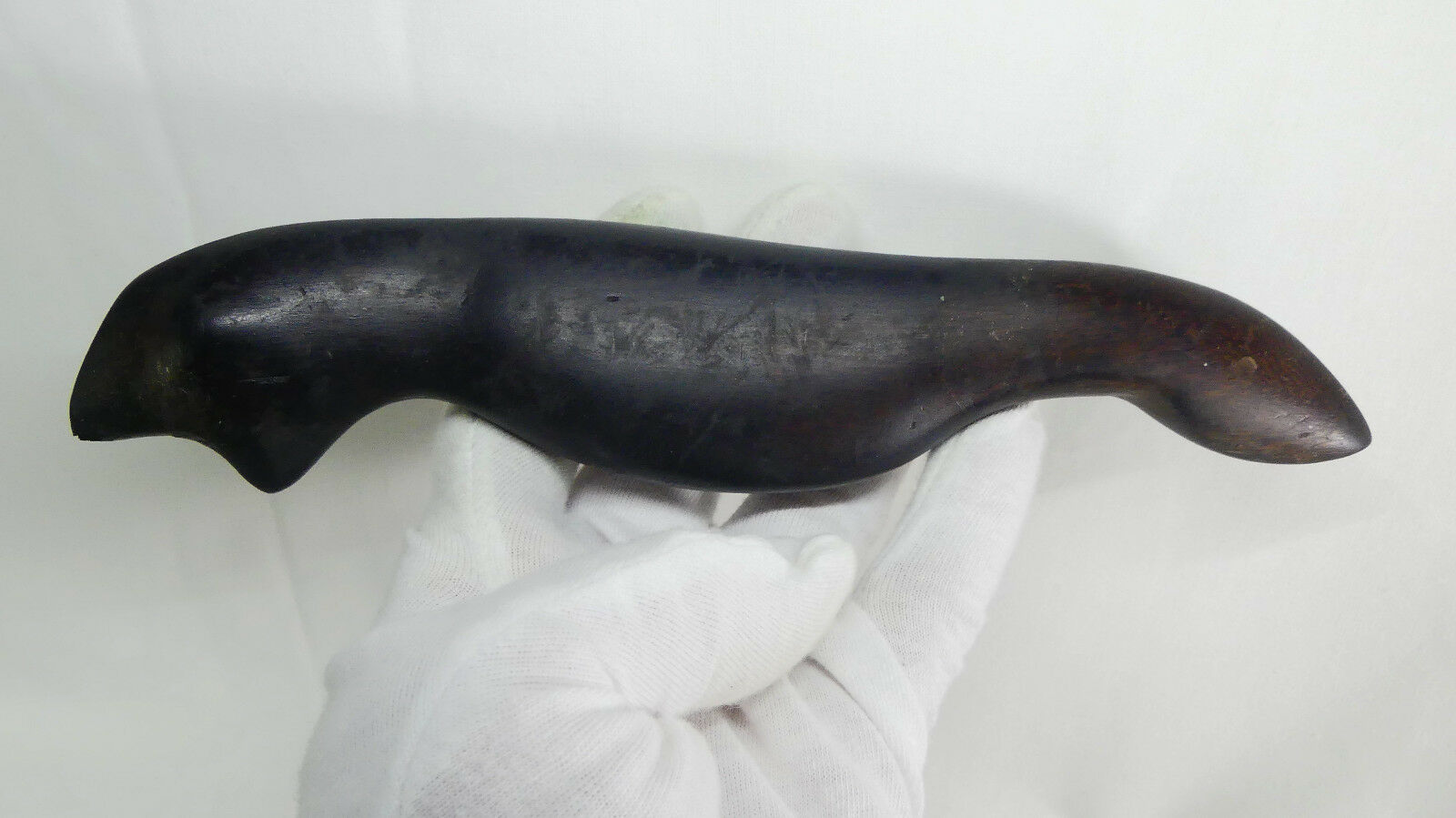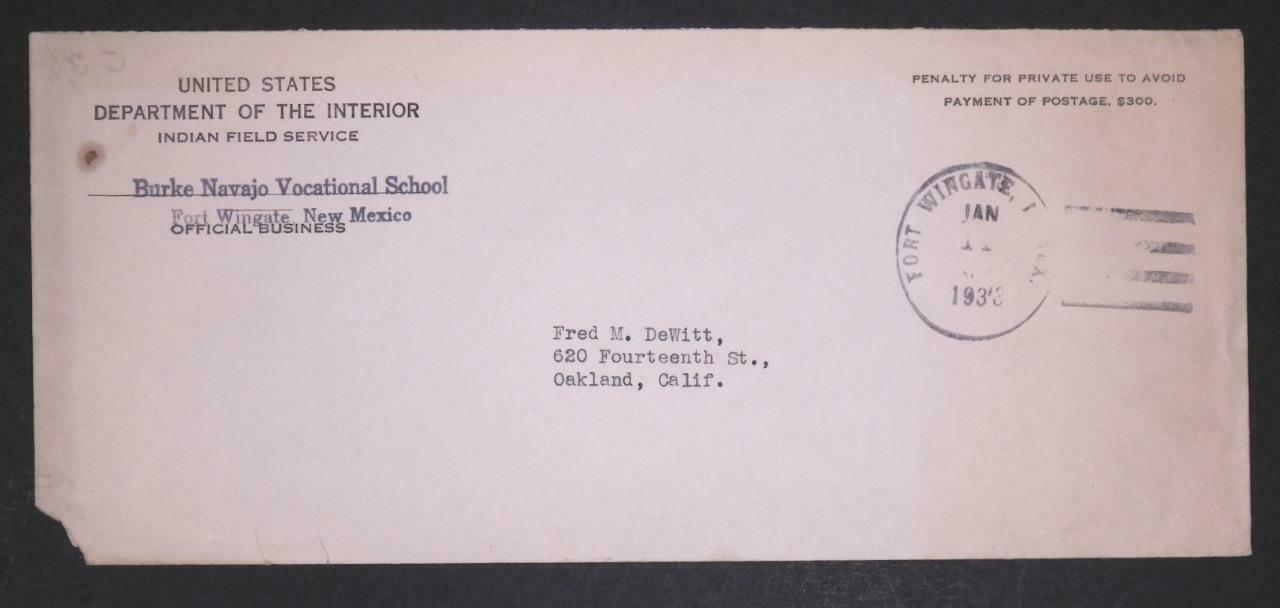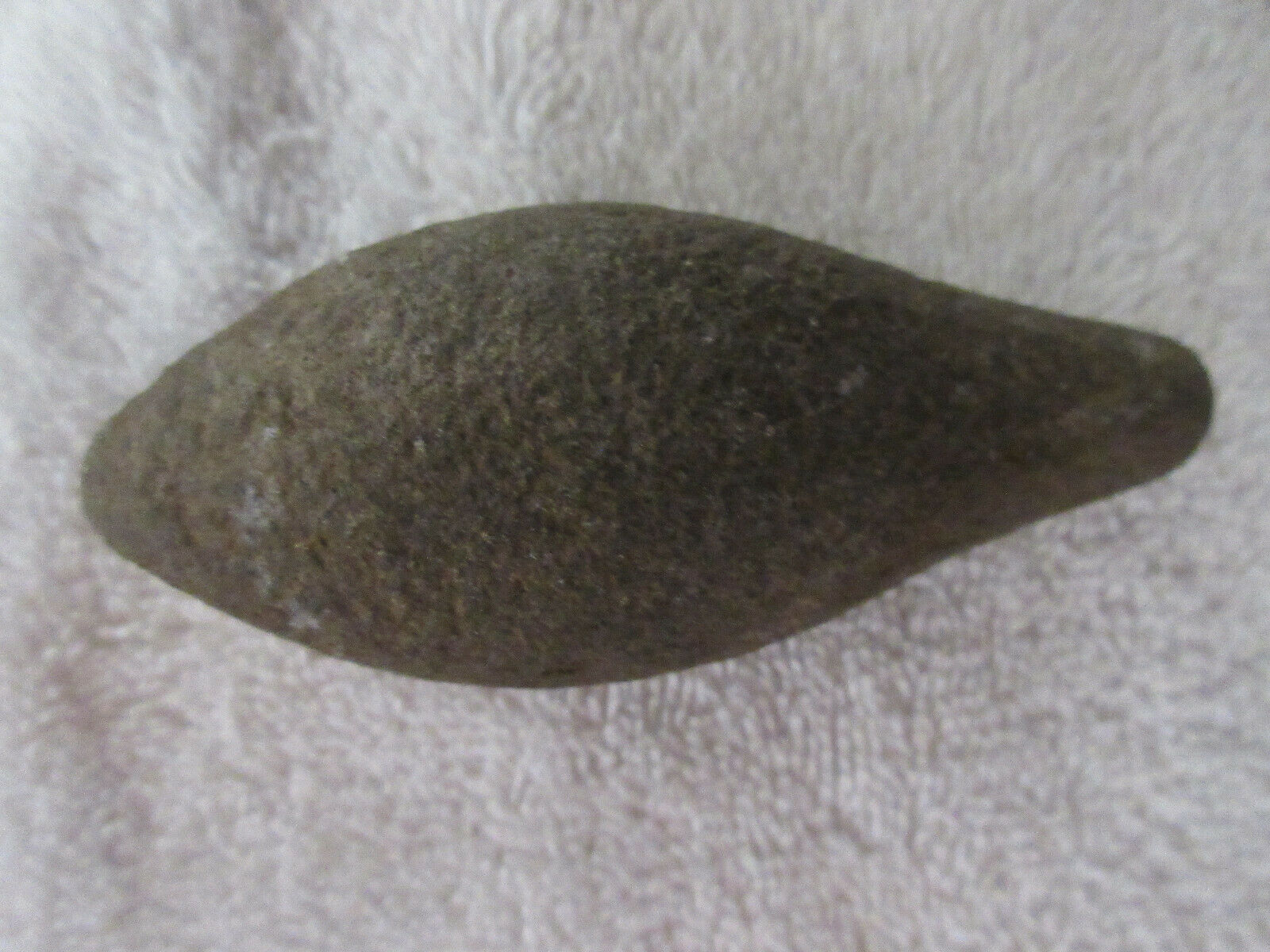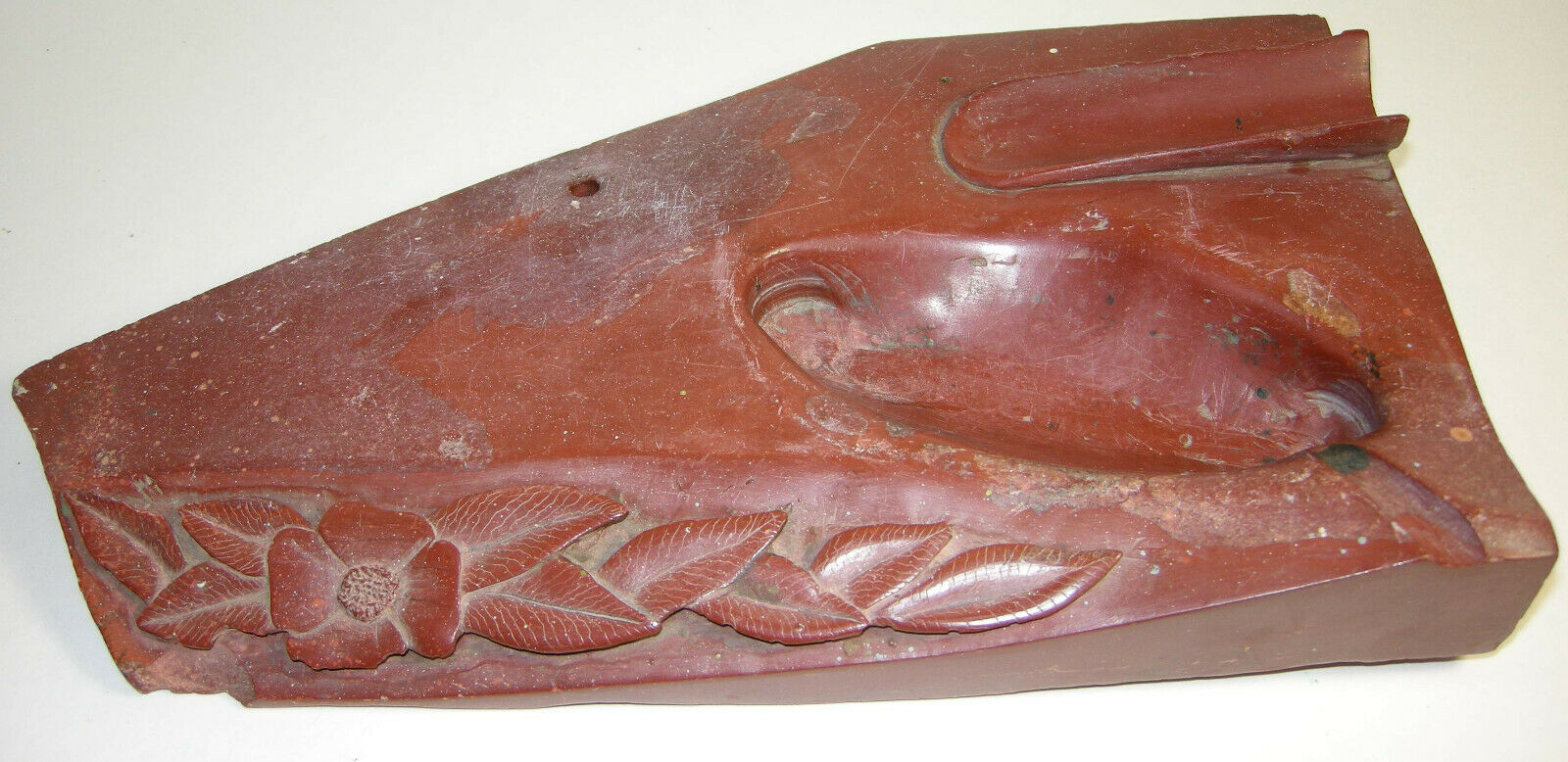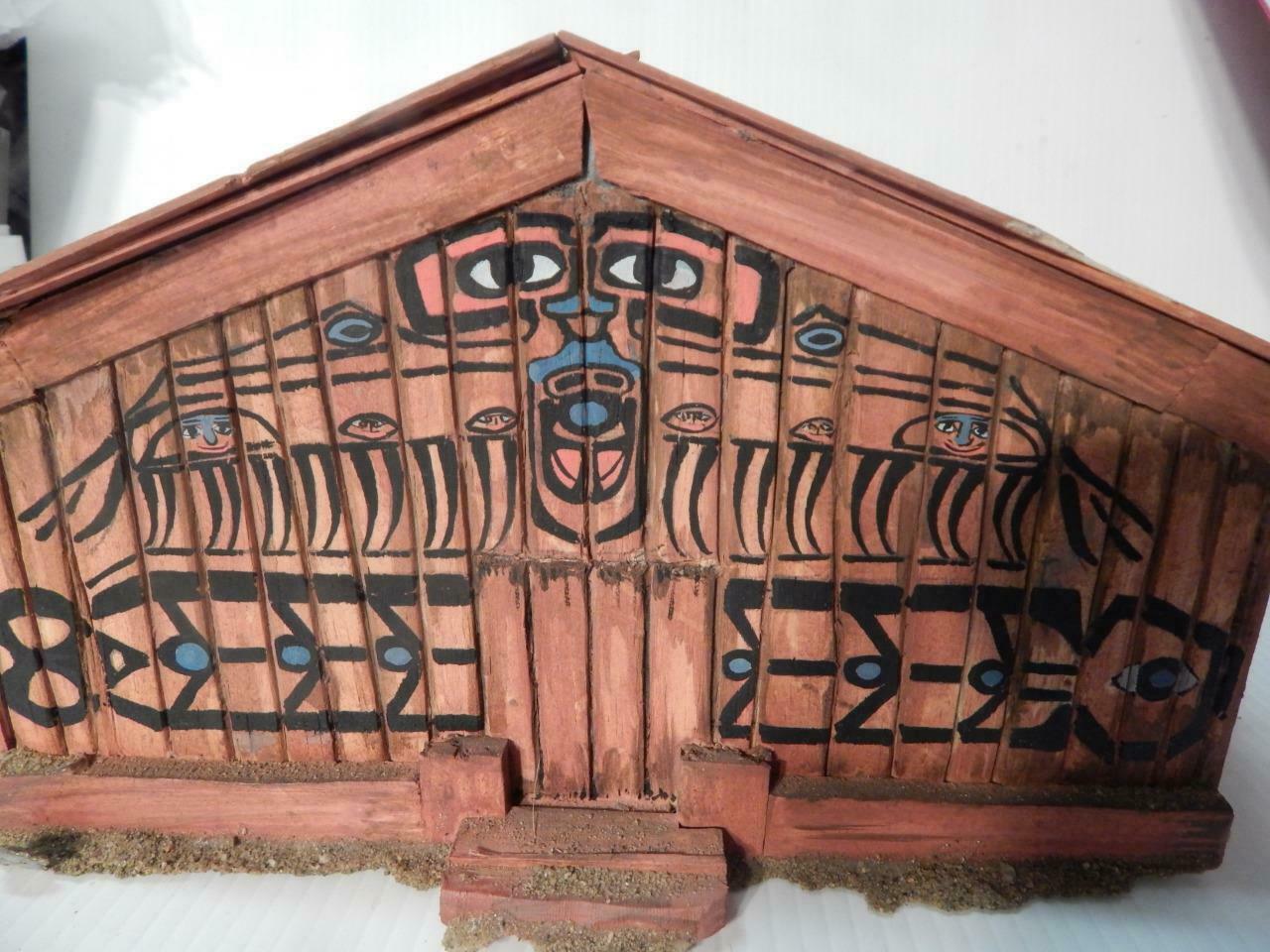-40%
X-RARE NW Coast Shaman's Earthquake Serpent Effigy! 1800s Suquamish People, WA
$ 26246.88
- Description
- Size Guide
Description
Ancient CivilizationsNative American Earthquake Serpent
A’yahos
Pacific Northwest Shaman’s Ritual Effigy
To Prevent Earthquakes in the
Cascadia Subduction Zone
c. 19
th
Century
Suquamish Tribe/Puget Sound/Salish Sea
Find Location: Bainbridge Island, WA
“This is not a myth…my tale is seven generations old…
there was a great earthquake and all the houses of the Kwakiutl collapsed.”
~ La’bid, First Nation Kwakiutl Member in British Columbia, 1930
eBay Note:
I certify that this Native American Earthquake Serpent Effigy was reportedly traded for on Bainbridge Island, WA, with the owner's permission in the 1800s and has been in the family’s private collection for over 100 years.
Summary:
Item:
NW Native American Shaman’s Earthquake Serpent Effigy
(A’yahos)
Estimated Date: 1750—1850
Find Location: Northwest Coast, USA, BAINBRIDGE ISLAND, WA, 19th Century Find.
Material:
Carved Wood Blackened by Fire
Tribe:
Suquamish Tribe
/Puget Sound area
Find Location: Bainbridge Island, Washington State, USA
Approximate Measurements:
·
Length:
8.5”
·
Height:
1.6”
·
Thick:
.95”
·
Weight:
4.3 oz.
(122 grams)
Condition:
Museum Quality with no repairs or restorations.
Minor abrasion scratches, some blackened discoloration believe to have occurred when the wooden serpent was put into an open fire during a shamanic ceremony in the 1800s.
Provenance/History:
This astonishing, Earthquake Serpent Effigy comes from an old private collection on Bainbridge Island, in the Pacific Northwest.
It was obtained from a private estate collection north of Seattle, where the late owner spent years acquiring various wood, stone, and pottery effigy pieces from the original inhabitants scattered throughout the region.
After the man passed, it has been in a private collection in Boulder, Colorado for about 20 years until recently acquired by this store, which has obtained several of the finest Native American artifacts from this unique collection of Native American art from the Pacific NW.
DETAILS
This EXTREMELY RARE, ancient Shaman’s Ceremonial Serpent Effigy is an ancient artifact from the Native American Shaman who was from the Suquamish Tribe that lived in the Pacific Northwest coast. This carved wood effigy is shaped like a stylized version of a monstrous sea serpent knows as
A’yaho
s
.
This Serpent Effigy as a small, engraved pictograph that is engraved on the right side of the serpent neck (see macro photos 4-6)
It appears to have a monster like figure, believed to be A’yahos, in the center that is flanked by two, smaller figures.
The one of the left is clearly that of a stick-shaped human, and likely represented the Shaman that owned this amazing charm and was attempting to communicate with the Spirit of A’yahos.
The other figure on the left is difficult to clearly identify, but it may be that of a Spirit Guide of the Shaman.
According to documented, Native American oral traditions from the Puget Sound vicinity, these terrible sea serpents called an A’yahos, were responsible for “earth-shaking, landslides and rushes of turbid water” (something that we realize, today, was the result of tectonic geological plate movement).
A´yahos were shape-shifter spirits, appearing in our world sometimes as large snake, other times as double-headed snake with horns or in their preferred shape with the body of a serpent and the antlers and forelegs of a deer. They were very powerful and easy to enrage entities and young hunters were warned by elder ones not to approach an A´yahos dwelling place, as it would shake the earth and sea, generate large waves and throw large boulders to kill the foolish intruder.
Only experienced shamans could dare to catch a glimpse of an A´yahos appearance and only the most powerful could harness the A´yahos strength during a holy ceremony, when a fetish of an A´yahos was violently shaken to request spiritual assistance.
Many myths along the shores of Washington narrate the furious battles of A´yahos or related spirits with other mythical animals.
An A´yahos could cause earthquakes and trigger landslides if disturbed, however this supernatural spirit displays an ambivalent nature - like many real natural phenomena - as its powers could also be used by shamans to cure people.
Earthquakes in the Pacific NW
Many myths along the shores of Washington narrate the furious battles of A´yahos or related spirits with other mythical animals.
Current research confirms that there were two major earthquakes along the Pacific NW coast of North America:
1.
The last major earthquake in the Cascadia Subduction Zone (CSZ), which is located occurred around 1700.
It had an estimated magnitude of 9+ based in part on the huge tsunamis that were recorded in Japan.
2.
Prior to that earthquake, there was an estimated 7.4 earthquake in the Puget Sound area near Seattle, WA, in approximately 900 AD.
These two massive earthquakes and hundreds of other smaller earthquakes, were thought by the native tribes to be the work of angry spirits.
Native peoples had lived on the Cascadia coast for over 12,000 years and had transferred knowledge from generation to generation through storytelling. These Native groups spoke more than a dozen distinct languages, but none had a written language.
Nevertheless, there are hundreds of extant sources, including numerous stories, that describe the violent shaking of the earth and marine flooding.
Throughout the NW Cascadia region, there are also stories that were conveyed through dances, songs, ceremonies, and items like this rare Shaman artifact.
One such story that was documented in 1934, includes a side comment that explicitly links earthquake and tsunami-like effects to the struggle of mythological animals of supernatural size that possessed great powers:
My father (father of the medicine man who related this story to the writer) also told me that following the killing of this destroyer…there was a Great Storm and hail and flashes of lightning in the darkened, blackened sky and a great and crashing ‘thundernoise’ everywhere.
He further stated that there was also a shaking, jumping up and trembling of the earth beneath, and a rolling up of the great waters. (Regan 1934)
Native stories in the Pacific NW often describe A’yahos as a supernatural being and as a shape-shifter that often appears as an enormous serpent, or as a composite having the fore-quarters and head of a deer and the tail of a snake.
A’yahos
is described as a “Doctor” spirit power that is reserved for shamans, as it is one of the most powerful spirit powers—malevolent and dangerous to encounter.
A’yahos is often associated with the shaking and rushes of ocean water that comes simultaneously from land and sea during an earthquake.
At the spot where A’yahos came to a person, the very earth was torn, landsides occurred, and the trees became twisted and warped. Stories about A’yahos mention a number of specific places in the central Puget Sound, along the Hood Canal, and on the Strait of Juan de Fuca as far west as the Elwha River.
·
A total of 13 sites are mentioned in various stories and these locales coincide with the shallow faults that we now know exist along the Strait of Juan de Fuca.
·
Five of the A’yahos story sites are located close to the Seattle Fault.
·
Four to the story sites can be associated with landslides of reports of land-level changes that might have been caused by the 900 AD Seattle earthquake.
·
One story tells of “shaking, rocks exploding, and the power coming from the land and sea simultaneously.”
·
Additional native stories related to shaking, landslides, or landslides associated with three of these sites.
·
In the 1890s, A’yahos caused one large earthquake that created a landslide in the Seattle area that damaged buildings.
But perhaps the earthquake most closely associated with this A’yahos stone artifact comes from the Suquamish Tribe that is located on the western side of Puget Sound.
Oral traditions handed down by elders tell of the creation of the Agate Passage (the waterway between the northern end of Bainbridge Island and the Kitsap Peninsula) that followed an underwater battle between a water serpent and a mythic bird.
The battle resulted in ground shaking, churning of the waters, and widening of the Agate Passage channel.
Here is the description of the epic battle that may have taken place during the massive earthquake around 900 AD:
“Long ago, when this land was new, the area we know as Agate Pass was much smaller than today…
There lived in this body of water a Giant Serpent.
The Double Headed Eagle flew over the pass and the Giant Serpent came up very angry.
The two began to fight, and the earth shook, and the water boiled…the people began to scream and cry until it was as loud as thunder.
Then, as the earth was going to be swallowed by the waters, they began to boil and churn.
Then, the Double Headed Eagle exploded out of the water and up into the sky with the body of the Giant Serpent in its claws.
The Double Headed Eagle flew back into the mountain and behind him was left the wide pass.
(Jefferson 2001)
Apparently, this artifact was made and used by a shaman in a ritual ceremony where the powerful effigy would be waved in the air beseeching A’yahos to leave things calm.
A’yahos was one of the most powerful of these spirit powers and could only be tamed by the experienced shaman, as these spirits were extremely dangerous and even fatal to encounter.
A rare and unique effigy of an ancient, serpent that was used in various tribal spiritual ceremonies.
References
Folklore and Earthquakes: Native American Oral Traditions form Cascadia Compared with written Traditions from Japan
, Ruth S. Ludwin & Gregory J. Smits
An Essential Field Guide to North American Earthquake Beasts
, David Bressan,
Scientific American
October 28, 2012
Shamanism in North America
, Norman Bancroft Hunt, 2002
The Spirit World
, by the Editors of Time Life, 1992, pgs. 36-42.
Understanding Northwest Coast Art: A Guide to Crests, Beings and Symbols,
Cheryl Shearar
Shaman in the Pacific NW
Shamans were thought to abandon their physical bodies when traveling to the spirit world in a possessed state.
At such times, their bodies were said to become transparent so that the inner organs and skeletal structure were made visible.
Shaman would often spend much of their lives living in isolated huts away from the villages, where they shunned the company of other people.
When their presence in the village was required to perform a cure or other ritual, they donned special garments and masks as a means of establishing contacts with their spirit helpers.
It was a Shaman's job to cure the sick, to ensure that there was adequate food, and to influence the weather. The belief was that they had the power to do all those things through an ability to communicate with the spirit world.
Both men and women could have been Shamans, however, they were most often men.
When someone took ill, it was believed to be an intervention by the spirit world, or a loss of the person's soul. Shamans were the only people who communicated directly with the spirits, so they were the only ones who could cure the sick.
Shamans wore:
Bearskin robes
Aprons
Rattles
Skin drums
Charms
Necklaces
Masks (on some occasions)
Shamans used their rattles to summon up powers from the spirit world. Then they went into a trance, communicating directly with the spirits, asking them to cure the ill person.
Shamans used their effigy's like this one to transform themselves into the Spirit world and communicate with the Spirits.
Appraised Value:
No other examples such as this Shaman's Earthquake Effigy made from wood are known to exist!
Estimated appraised value for this ancient Shaman's Earthquake Serpent with provenance to Bainbridge Island, WA, is
5,000--0,000.
REFERENCES:
The Spirit World,
by the Editors of Time Life, 1992, pgs. 36-42.
Spirit Faces: Contemporary Masks of the Northwest Coast
, by Gary Wyatt, 1998.
The Coppers of the Northwest Coast Indians: Their Origin
..., Volume 79, Carol F. Jopling, pgs. 117—119.
Understanding Northwest Coast Art: A Guide to Crests, Beings and Symbols
, Cheryl Shearar,
Please examine the attached photos carefully as they are part of the description and bid accordingly.
Note that ruler and stands are NOT part of the sale. Just there to help you determine the size. :)
Dealers can buy and re-sell at a HUGE profit!!
Collectors can add a center-piece item to their collection at a fraction of retail or even auction price!
Please ask any questions you may have
before
you bid!
All sales are Final, unless I have seriously misrepresented this item!
Member of the Authentic Artifact Collectors Association (AACA) & the Archaeological Institute of America (AIA).
Per e-Bay's rules,
PayPal
only please!
FREE USA SHIPPING includes insurance and is accurate for all 50 States!
International Buyers are responsible for shipping and insurance charges, as well as any local import or duty taxes.
Note: Washington State buyers are responsible for the Washington State sales tax. Sorry...
